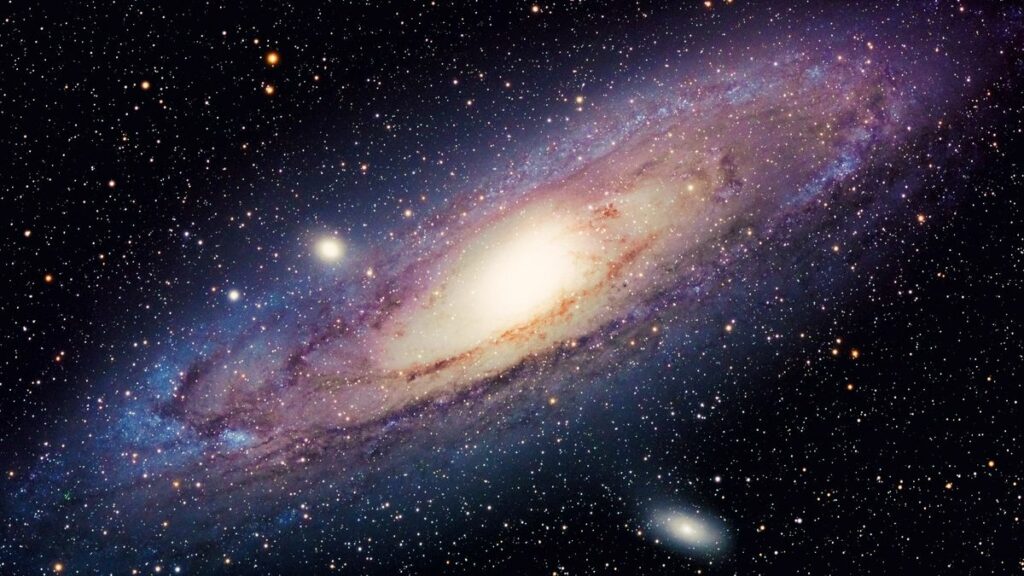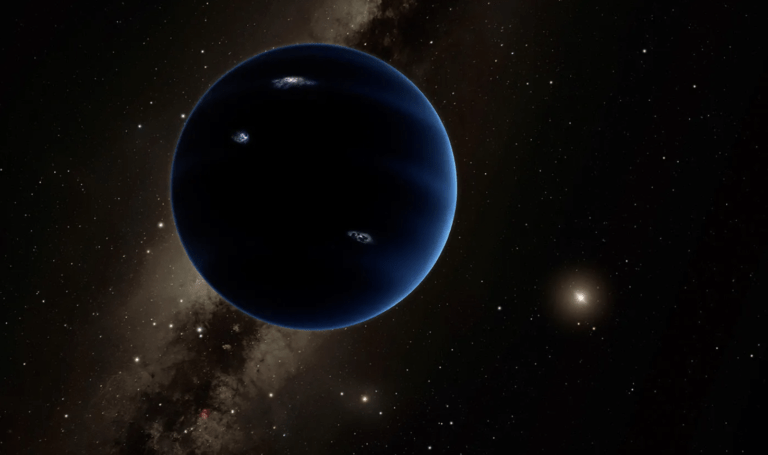Study Suggests That the Elusive Planet Nine Might Actually Be an Alternative Expression of Gravity Posing as a Planet
Astronomers propose that an alternative gravity concept called modified Newtonian dynamics may offer an explanation for orbital irregularities that previously hinted at the presence of a ninth planet within our solar system.
A recent study challenges the prevailing notion of an elusive Planet Nine lurking in the distant reaches of our solar system. Instead, this research, published in The Astronomical Journal on September 22, posits that the anomalous behaviors previously attributed to a massive yet undiscovered planet may be more aptly explained by an unconventional concept of gravity known as modified Newtonian dynamics (MOND).
The Planet Nine hypothesis, initially introduced in 2016, proposes that the peculiar orbits of objects situated in the Kuiper Belt, beyond Neptune, apparently being influenced away from the sun, can be accounted for by the presence of a concealed ninth planet, potentially up to ten times the mass of Earth. Since its inception, astronomers have tirelessly scoured the night sky in search of this mysterious celestial body. Despite extensive efforts covering nearly half of the celestial dome, their quest has yielded no concrete evidence of Planet Nine’s existence.
The new study puts forth an alternative perspective on the gravitational irregularities detected in the outer reaches of the solar system, asserting that these anomalies may not be anomalies at all. Instead, the research team demonstrates that these inconsistencies vanish entirely when applying the modified Newtonian dynamics (MOND) as an alternative gravitational model.
Isaac Newton’s second law postulates that the strength of gravitational attraction between two objects is inversely proportional to the distance that separates them. In simple terms, gravity diminishes as the separation between two objects increases. However, MOND departs from this conventional view and proposes that beyond a certain distance, gravitational pull becomes directly proportional to the distance, meaning that gravity’s influence doesn’t decrease as rapidly at greater distances. According to MOND, objects in extended orbits around larger celestial bodies, such as stars at the outer fringes of spiral galaxies like the Milky Way, would experience a more substantial gravitational pull than predicted by Newton’s second law.
In this MOND-based perspective, the movements of Kuiper Belt objects can be attributed to the gravitational influence of the rest of our galaxy rather than the presence of an undiscovered planet. This hypothesis challenges the prevailing Planet Nine theory, suggesting that what we thought was a massive hidden world may indeed be a manifestation of gravity’s unconventional behavior. Nonetheless, this new viewpoint has not gained unanimous acceptance among astronomers and scientists.

The researchers were taken aback by their findings. Initially, their study aimed to dismiss MOND as a potential explanation for Planet Nine. However, when they applied it to the problem, it appeared to provide a flawless solution.
Harsh Mathur, one of the study’s authors and a theoretical physicist at Case Western Reserve University in Ohio, expressed his astonishment, stating, “MOND is remarkably proficient at elucidating observations on a galactic scale. Yet, I had not anticipated its noticeable effects on the distant reaches of our solar system.”
MOND, first proposed in 1983, emerged as an alternative to the concept of dark matter – the enigmatic, invisible particles accounting for approximately 27% of all matter in the universe, according to NASA. Dark matter was initially posited to address the “missing mass problem,” which arose when astronomers realized that the gravitational pull observed in galaxies could not be explained solely by stars and planets. However, MOND postulates that if remote objects experience a heightened gravitational attraction, there might not be as much missing mass as previously believed.

Nonetheless, MOND falls short in accounting for all of the universe’s missing mass, thus not entirely excluding the concept of dark matter. Furthermore, various studies have indicated that in order to harmonize MOND with quantum mechanics and relativity, unconventional modifications need to be introduced into existing theories, some of which present challenges.
Michael Brown, an astronomer at Caltech and co-proponent of the Planet Nine hypothesis, expressed his thoughts, stating, “I would be thrilled at the prospect of what we assumed to be Planet Nine revealing new facets of physics. However, I hold reservations about the likelihood of this being the case. It’s more likely just a conventional planet.”
Notably, MOND isn’t the sole alternative explanation for the enigmatic Planet Nine that has surfaced recently. Some experts have suggested that this hypothetical planet might be a miniature black hole, exerting gravitational attraction on the surrounding objects.
Nevertheless, whether MOND ultimately resolves the mystery of Planet Nine or not, the research team believes that this concept has a significant role in advancing our comprehension of the cosmic vicinity.
Katherine Brown, one of the study’s authors and a theoretical physicist at Hamilton College in New York State, emphasized, “Irrespective of the eventual outcome, this research underscores the potential of the outer solar system as a testing ground for examining the principles of gravity and delving into fundamental physics conundrums.”
This article is republished from LiveScience under a Creative Commons license. Read the original article.
Do not forget to share your opinion with us to provide you with the best posts !




0 Comments